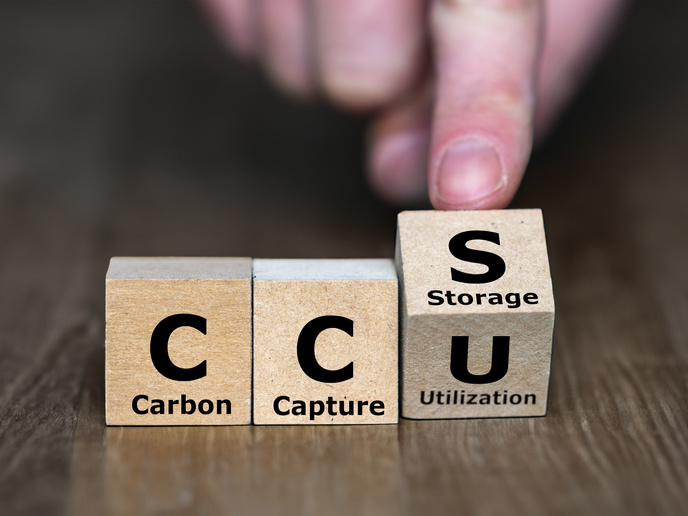Reducing greenhouse gases produced by heating and industry
The EU-funded e-CODUCT(opens in new window) project is developing a breakthrough technology to produce marketable green end products carbon monoxide (CO) and sulfur (S) from carbon dioxide (CO₂) and hydrogen sulfide (H₂S). The technology in question, an electrothermal catalytic reactor powered by renewable energy sources, will enable the shift from fossil fuel-heated to electrically heated processes for the treatment of acid gases in several sectors. Today, heating and industry are responsible for the release of large amounts of CO₂ into the atmosphere, but beyond the 2 gigatonnes or so sequestered naturally each year, CO₂ capture and storage in underground reservoirs through technical means is limited. Added to this, only small amounts of CO₂ are valorised by industry, and technologies ensuring circularity, reducing emissions and valorising significant CO₂ amounts are lacking. The mixture of CO₂ and H₂S, or acid gas, generated by refineries and other industrial processes is currently treated through a method called the Claus process. This involves the recovery of sulfur from gas streams rich in H₂S and requires the additional use of fuel gas for sources with less than 55 % H₂S concentrations. For thermocatalytic or electrocatalytic approaches to CO₂ reduction, the CO₂ must be very pure, which demands proper separation from the acid gas.
Tackling current challenges
None of the technologies existing today allow for the simultaneous reduction of CO₂ and H₂S. The main challenges currently encountered in CO₂ conversion are streams whose composition includes other acid gases and the reactors’ environmental inefficiency. e-CODUCT is addressing these challenges by electrifying the simultaneous chemical conversion of acid gas components (CO₂ and H₂S) into the platform molecule CO and marketable S. The project’s new technology will enable two-step acid gas valorisation by converting CO₂ and H₂S to carbonyl sulfide (COS) in a fixed bed reactor and then converting COS to CO and S using an electrothermal fluidised bed reactor. With this solution that treats CO₂ and H₂S simultaneously, e-CODUCT will initiate the shift from fossil fuel-heated to electrically heated acid gas treatment processes, which will help improve the environmental performance of European industry and refinery operations. Work towards this goal is already well underway. The technical tasks have begun with the optimisation of the reaction to convert CO₂ into COS and a focus on catalyst engineering and optimising for the reaction between CO₂ and H₂S. The reactor has been commissioned and the first technical exchange on reaction, batch and continuous flow reactor has been established. Also, a reactor design proposal has been submitted for the conversion of COS to CO using an electrothermal fluidised bed. The site chosen for the installation of the pilot plant is the Melamin Chemical Plant in Slovenia. The e-CODUCT (Fast-response Electrically heated catalytic reactor technology for CO2 reDUCTion) project ends in August 2025. For more information, please see: e-CODUCT project website(opens in new window)



